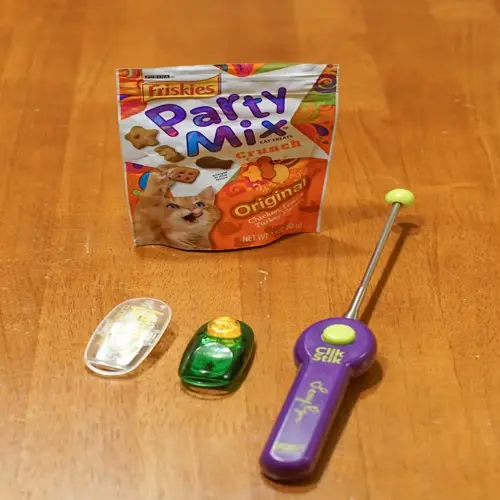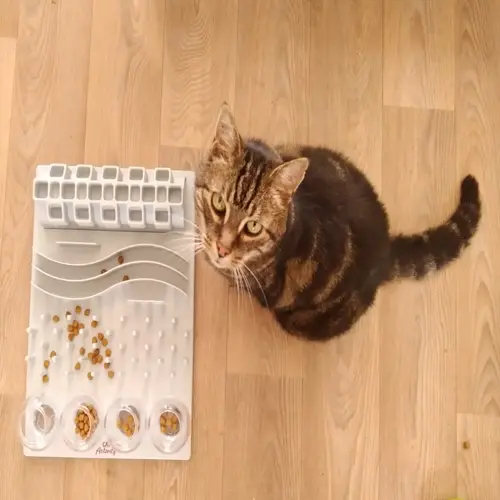Should cats have constant access to water?

Written by
John Williams
Reviewed by
Prof. Henry Webster, Ph.D.Constant, easy access to fresh water is a must for any cat's good health, especially for cats fed a dry food diet. All domestic cats descend from desert animals with low thirst drives. Therefore, getting enough moisture into their system is a challenge. In fact, I've treated many dehydrated cats suffering from urinary crystals caused by an insufficient supply of water. Always provide water in several places throughout your home.
Placement Strategy
- Position bowls away from food and litter areas
- Provide at least one bowl per floor
- Elevate bowls for arthritic seniors
Fountain Benefits
- Moving water attracts cats naturally
- Filters remove impurities improving taste
- Continuous circulation prevents stagnation
Hydration Monitoring
- Check water levels twice daily
- Measure daily intake (≈1 oz per pound)
- Watch for dehydration signs: tacky gums, skin tenting
Position water bowls strategically throughout the house. Place the water bowls away from their food bowls, as cats tend to avoid drinking near their eating areas due to instinct. I recommend placing them in quiet corners where the cats like to rest. Change out the water completely twice a day to keep it fresh and desirable.
Fountains greatly boost hydration. Cats also prefer running water like streams and drink as much as 50% more from fountains. Get a ceramic or stainless steel fountain with a quiet pump. My cats now drink from their fountain and refuse any other water since I installed it, preferring it over still water.
Closely monitor hydration. Normal intake of water is ≈1 ounce per pound of weight daily. Observe consumption by marking the level of the bowl each morning. Watch for signs of dehydration. Gently pinch the skin on the neck; if it does not snap back, it is a sign of serious dehydration that requires veterinary attention. Tacky gums are also a sign of severe dehydration, requiring veterinary attention.
In special circumstances, modifications should be made. Cats with kidney problems require more hydration than healthy cats. Water can be added to wet food to increase its hydration. For cats that are fussy drinkers, ice cubes or flavored broths may be a suitable option. Always consult your veterinarian if you have any questions regarding hydration. Having a sufficient supply of water prevents urinary tract diseases and allows for better functioning of the organs in general.
Read the full article: Complete Cat Feeding Guidelines for Every Owner

